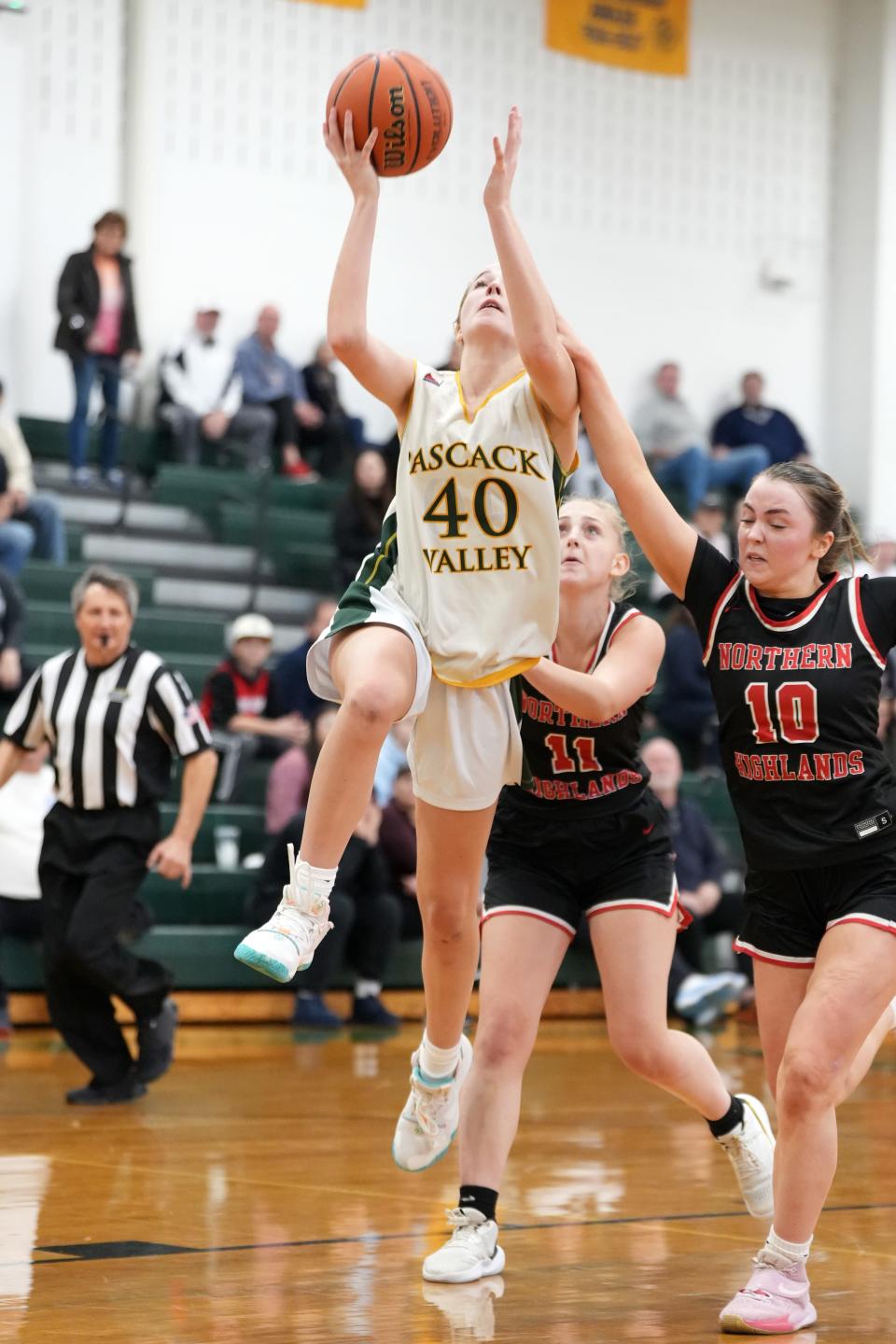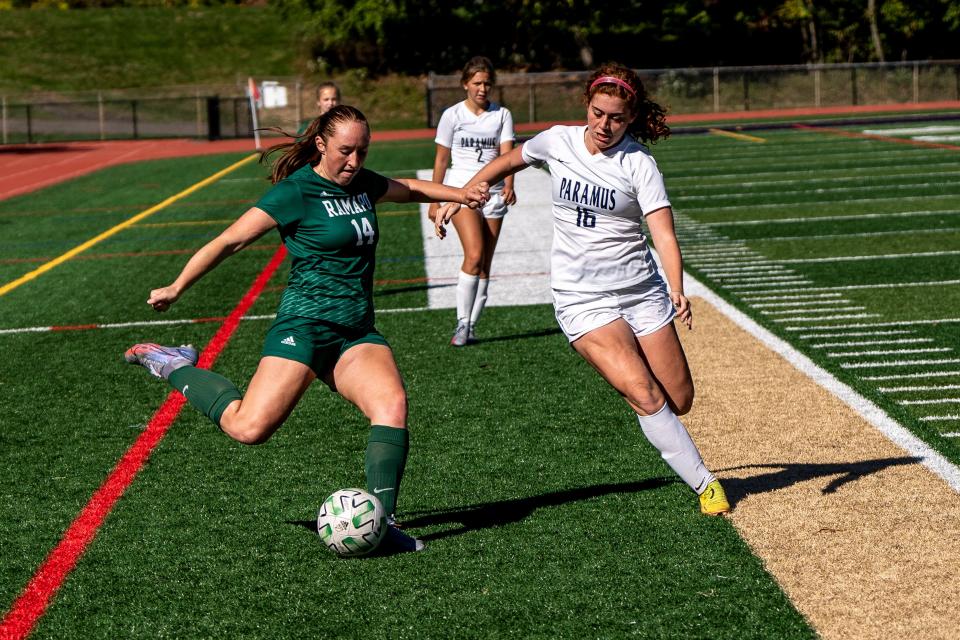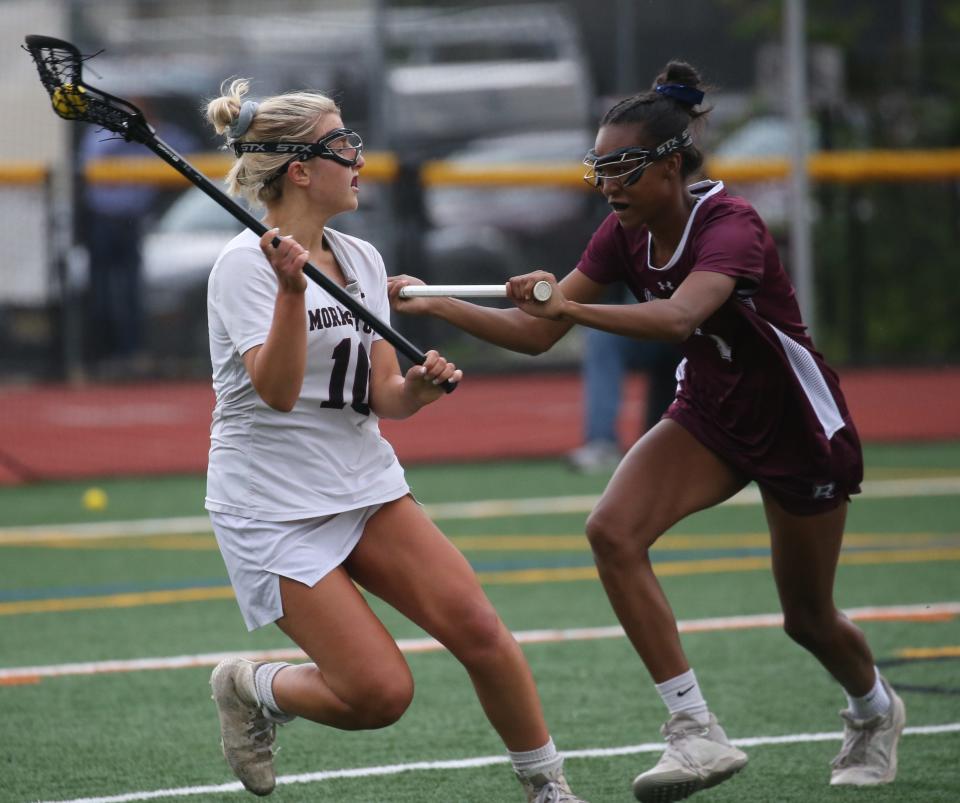The COVID pandemic inflamed a worrying trend — girls leaving sports
Every year on Feb. 1, the world pauses to celebrate girls and women in sport.
It’s an annual rallying cry — known formally as National Girls and Women in Sports Day, or NGWSD — that began in 1987 thanks to the Women’s Sports Foundation, an organization founded by legendary tennis star Billie Jean King. The celebration also began as a remembrance for the late Flo Hyman, an Olympic volleyball player dedicated to promoting equality for women’s sports.
The day has since evolved into something greater, with girls and women coming together to celebrate each other for finding their rightful place in sports.
This week the Women's Sports Foundation honored the day by releasing a much-needed report that focuses on the lingering effects the COVID-19 pandemic has had on girls’ participation in sports. In short, the pandemic further exacerbated gender inequity in sport and, as the foundation notes, that “could have a generational effect unless we acknowledge the need and work to address it.”
More:These Rutherford basketball teammates invaded from New Hampshire to play away ball at home
Women & Sport:50 years after Title IX, there are still plenty of modern day 'firsts' in NJ
Their research also found that girls who did participate in sports during this time were better for it.
The report, called “The Healing Power of Sport,” is one of the first to examine ways that sports participation may have buffered girls from the detrimental impact of the pandemic.
Overall teen participation rates declined during the first year of the pandemic, with the greatest decline among Black and Hispanic youth, those who lived in urban areas and those in 12th grade, the report says. On the girls’ side, the biggest drops in participation were seen in track and field — from 15.9% of girls participating between 2019 and 2020, to 12.3% in 2021. For boys, the biggest declines were in football — 32.6% to 27.5% — and weightlifting — 19.5% to 14.4%.

Though there were minimal differences between boys’ and girls’ declines in participation, there were differences seen within subgroups of the data. For example, girls rather than boys experienced declines in rural areas, and 12th grade girls across all regions experienced greater declines than any other group.
The latter is an alarming stat: participation for 12th grade girls dropped from 66.4% to 49.4%. That suggests the pandemic “may have exacerbated the already higher rate of sports dropout observed among girls as compared to boys, as they develop through the middle and high school years,” the report says.
That drop off in participation was a trend already happening before the pandemic. Through 25 years of research, the foundation has observed that by age 14, girls drop out of sports at two times the rate of boys, due to a number of factors, such as the lack of access or resources, social stigma, low quality programs, and so on.
The report also confirmed what has long been thought to be true: The pandemic had negative long-term impacts on youth mental health and well-being. Overall, youth experienced declines in physical health, mental health, and academic achievement expectations and aspirations.
Sports, however, proved to be a silver lining — for those who played them.
The study found that girls who played sports during the first year of the pandemic are faring much better than those who did not, as far as psychological well-being. The foundation also found that girls who participated in more than one sport benefited more from their participation in sport.

This line in the report puts that all into perspective: “Given the significant impact of the pandemic on declines in the physical, psychological and academic well-being of today’s teens, sports participation and the support it provides for the promotion of positive health and development may be more important now than ever before.”
The 52-page report explains in detail where declines in participation were greater, and what the declines mean for the mental well-being of youth athletes. The report also outlines what stakeholders can do to reverse this trend — make more sports available for girls, and learn more about the protective role that sport plays against stress among youth.

Whether you’re a parent, a lifelong athlete or a policymaker, this report — and others pulled together by the Women's Sports Foundation — are must reads and can be found on the foundation’s website.
"We have seen remarkable strides in girls’ and women’s sports participation since NGWSD began 37 years ago, but as WSF’s latest research shows, the declines in sport participation triggered by COVID-19 could have profound generational impacts unless we advocate for immediate action," Danette Leighton, the foundation's chief executive, said in a statement this week.
That’s why foundation leaders took to Capitol Hill on National Girls and Women in Sports Day to discuss ways they can translate their findings into policy. The hope is “to help ensure that girls and women have equal and equitable access to sports," Leighton said. "Title IX helped open many doors, but there’s still more work to do.”
Women & Sport is a NorthJersey.com column devoted to female athletes from the rec league level to those in college and the pros. If you've got a tip on an athlete from North Jersey who should be noted in the column, no matter how young they are or how old, please drop me a line at anzidei@northjersey.com.
This article originally appeared on NorthJersey.com: COVID spurred trend of declining girls participation in sports

